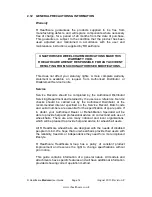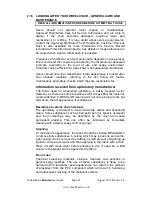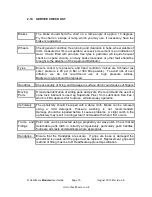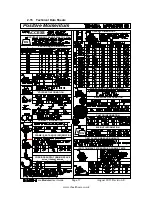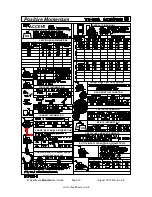
R Healthcare
Modular
User Guide
Page
33
August 2013 Revision E
www.rhealthcare.co.uk
Wheelchair Seat Belts and Posture Belts are not crash tested
restraints, although they help keep an occupant in a preferred position
during normal vehicle motion. To meet crash safety standards,
wheelchair and occupant must be secured to the vehicle
independently. The occupant restraint should be secured directly to the
vehicle at a point above shoulder height. No component of a
wheelchair restraint should pass through the wheels. Wheelchair
restraints should secure the wheelchair in such a manner that they
cannot become free if chair components deform, or if one or more
tyres deflate. Under no circumstances should wheelchairs be modified
or strained to allow installation of clamps or fittings.
2.11 FIRE PRECAUTIONS
DISABLED PERSONS ARE AT GREATER RISK THAN OTHERS IN THE
EVENT OF A FIRE. THE ENVIRONMENT IN WHICH A WHEELCHAIR IS
USED SHOULD INCORPORATE SAFETY PRECAUTIONS TO MINIMISE
FIRE RISK TO WHEELCHAIR OCCUPANTS
When using the chair, both indoors and outside, always take
precautions against fire risks. Avoid smoking, and do not park the
wheelchair against an open fire, or intense heat source. Bear in mind
that the temperatures reached in a hatchback car on a hot day can
cause stored wheelchair component parts to become too hot to handle.
When parking, the pusher should position the chair so that the
occupant can see and communicate as well as possible. In buildings
check that fire exits and procedures are understood.
Fig 15
Side view of R
Healthcare
Powerider
tied down to floor of a
vehicle using webbing
restraints. Note that
separate occupant
crash tested restraint is
not shown in this view.
















